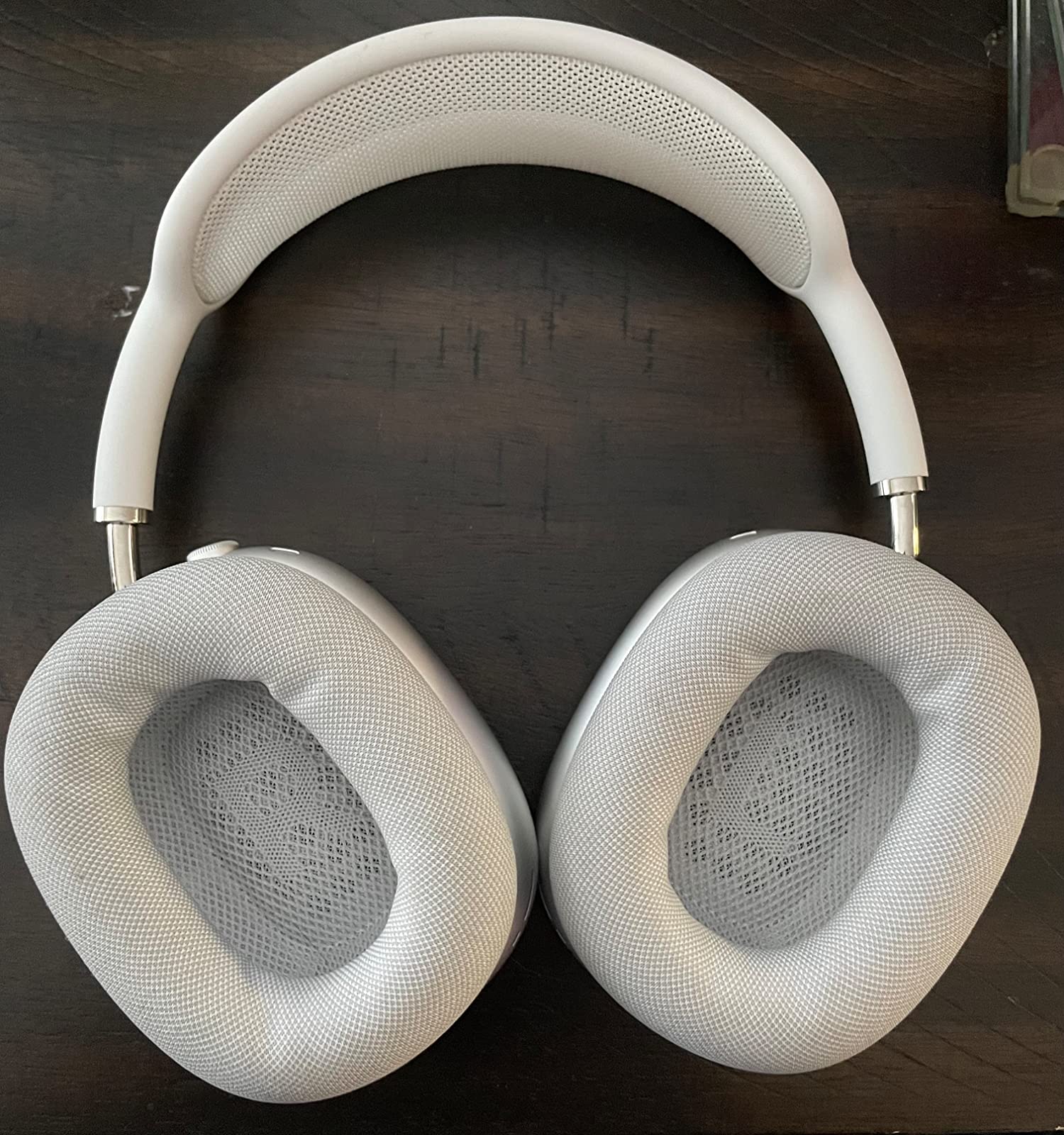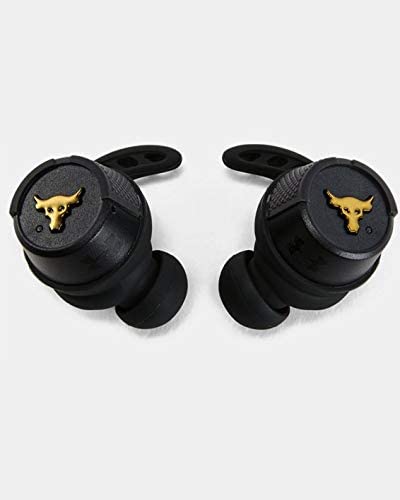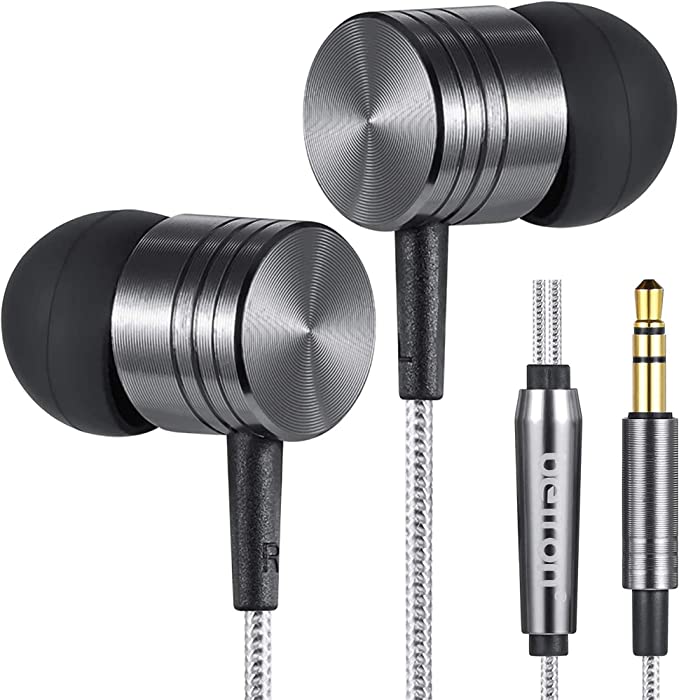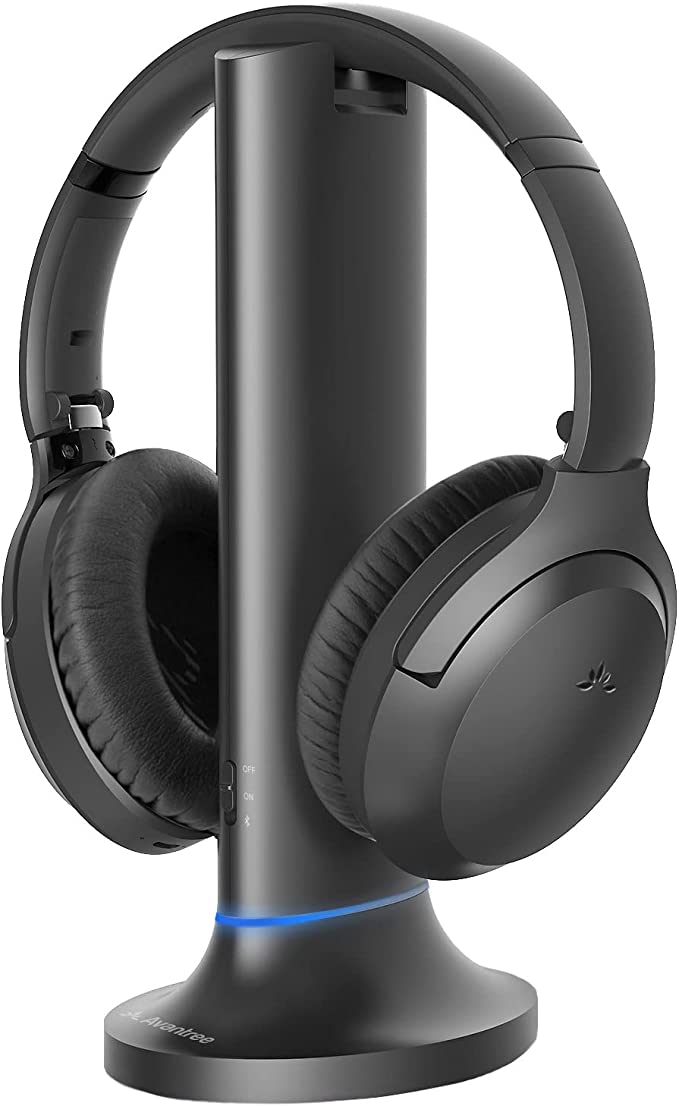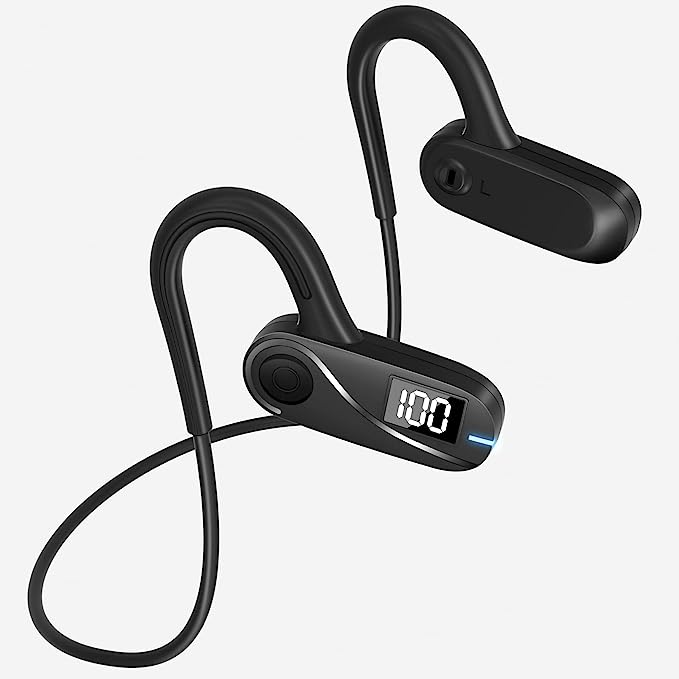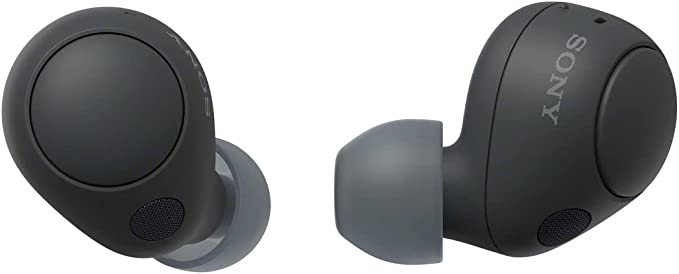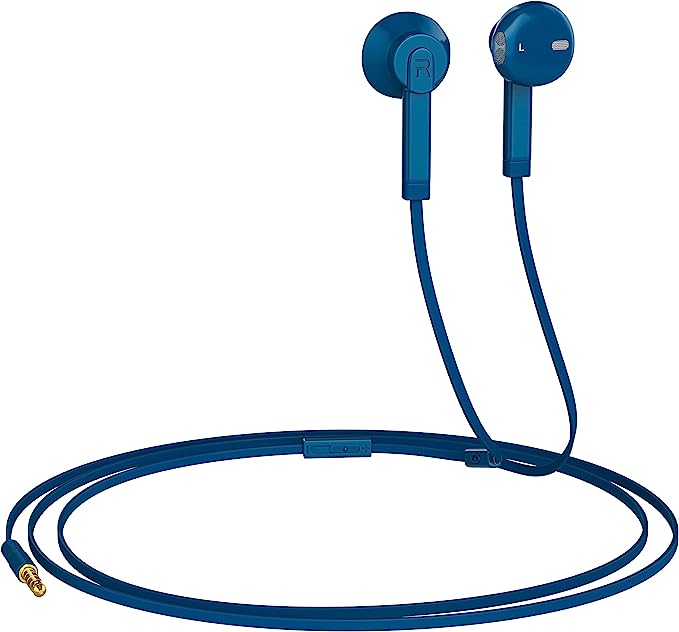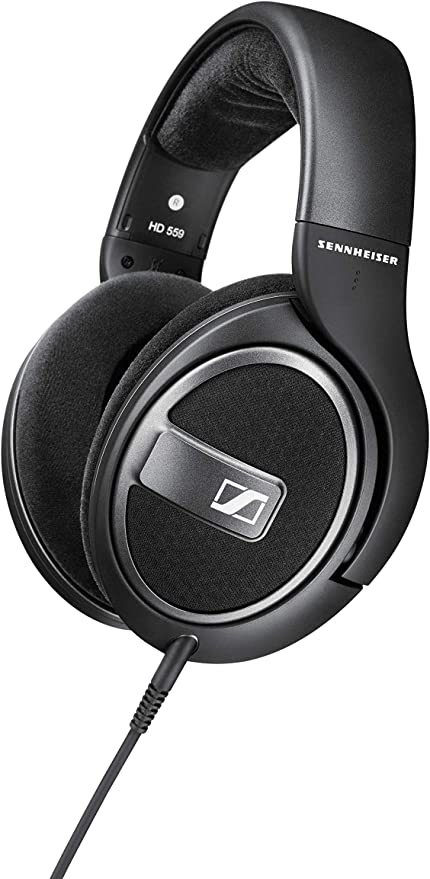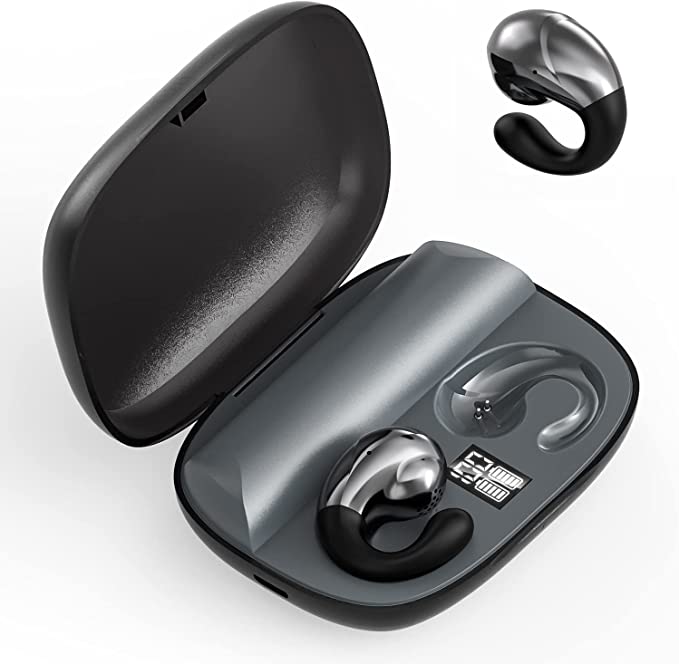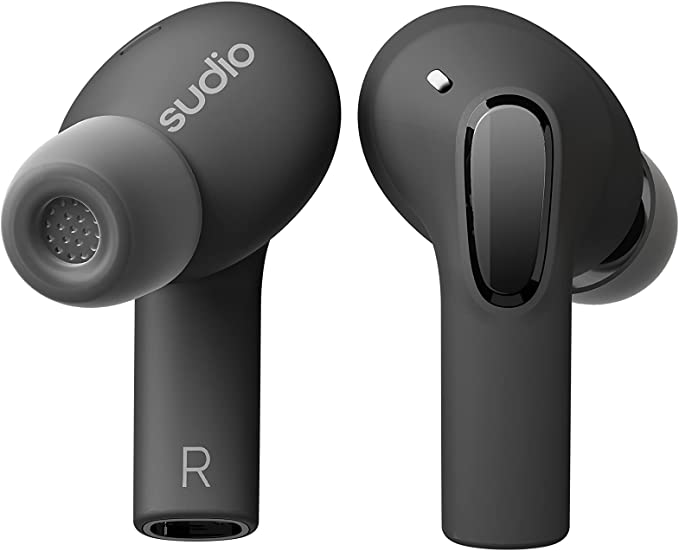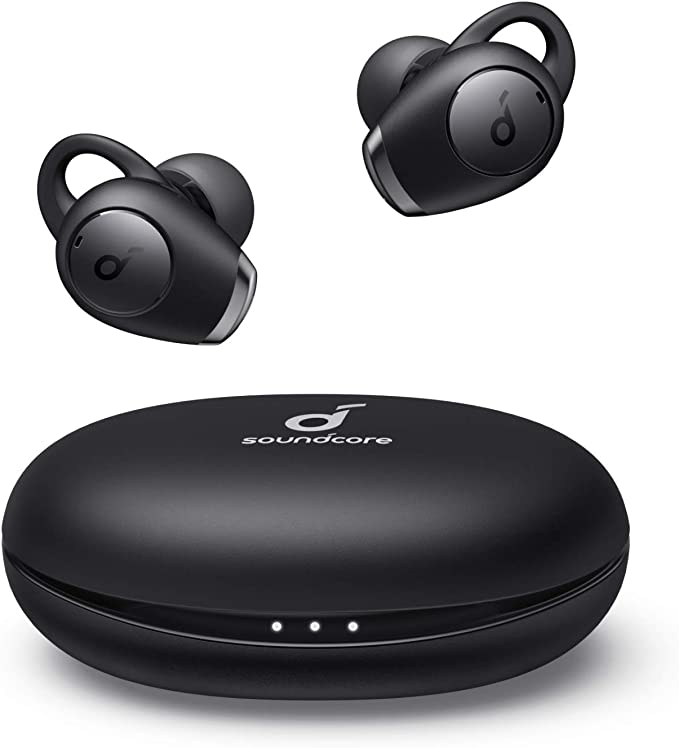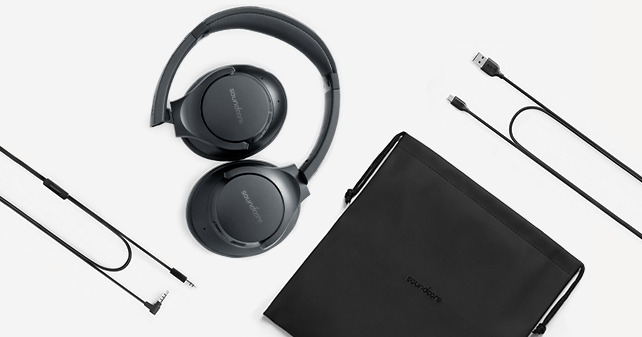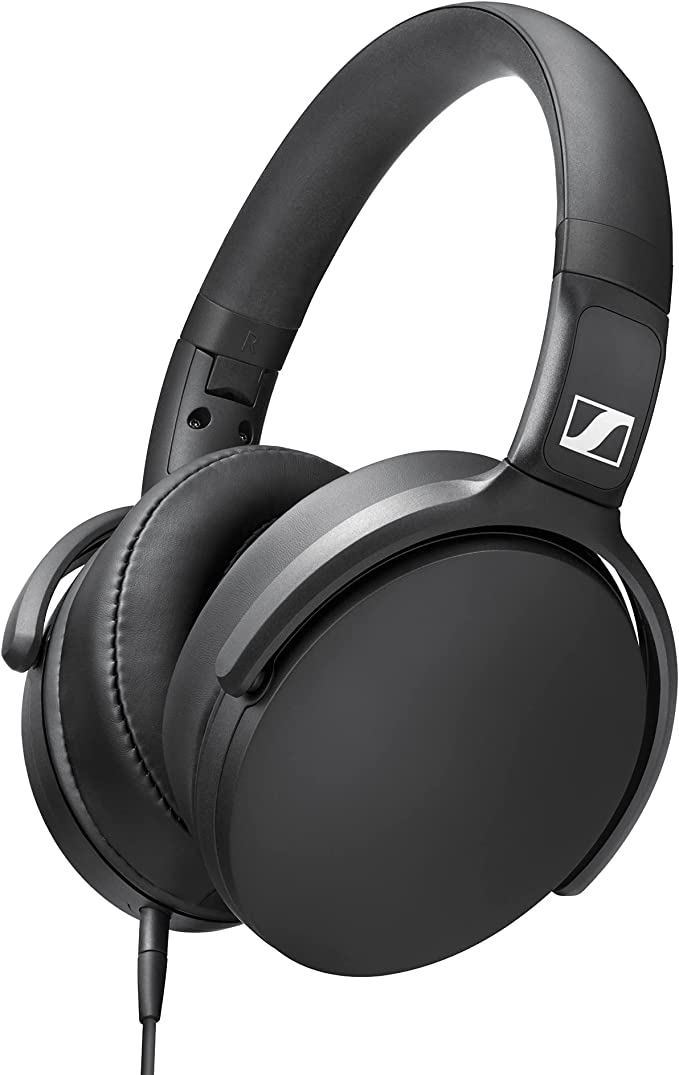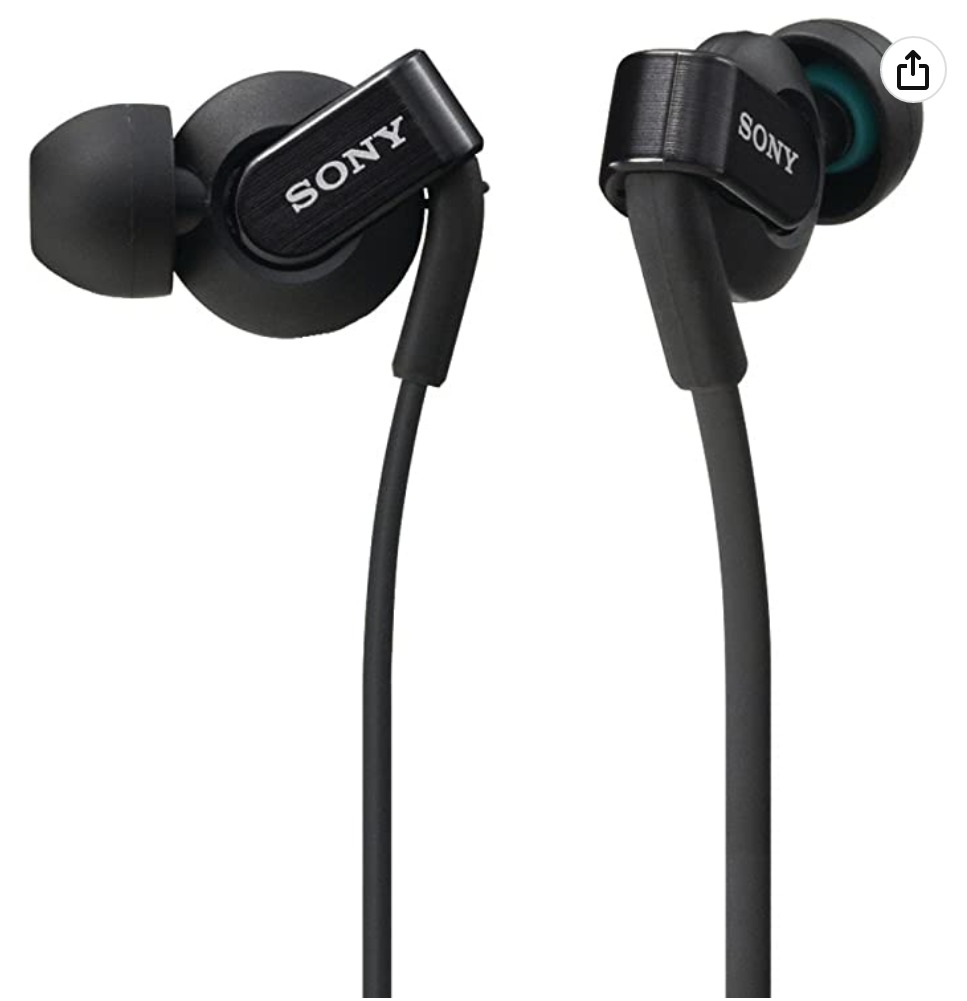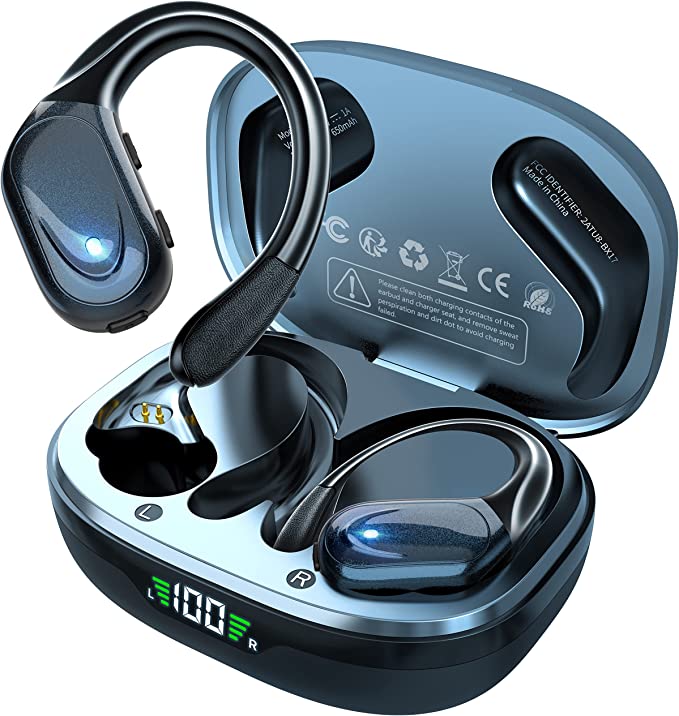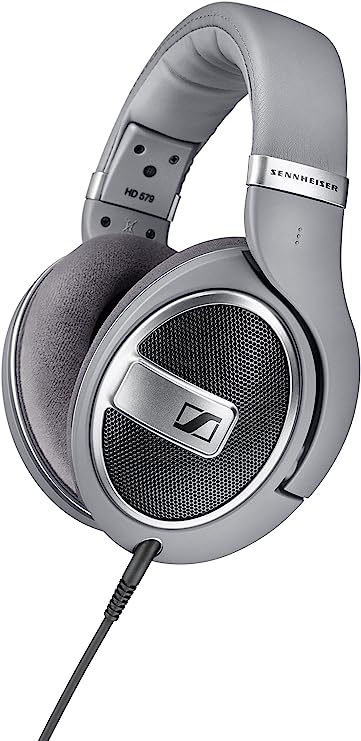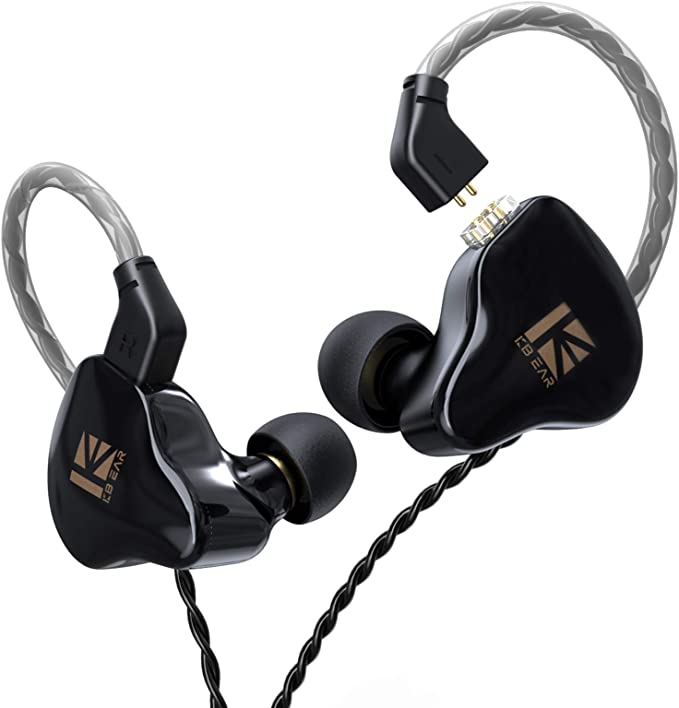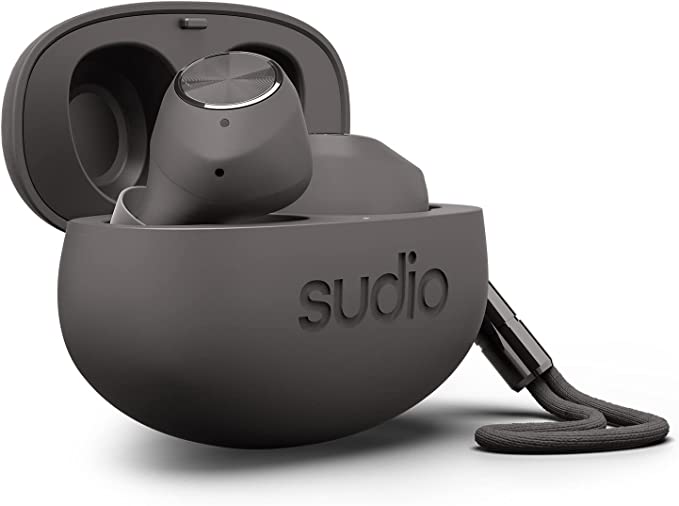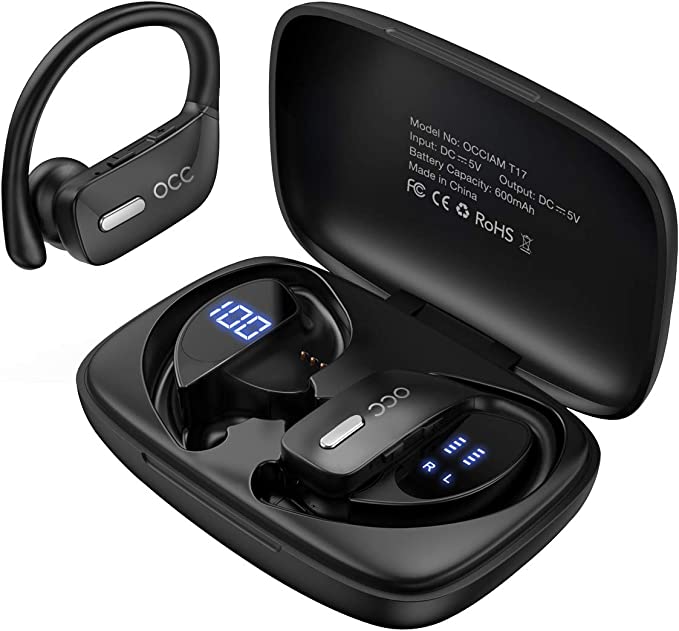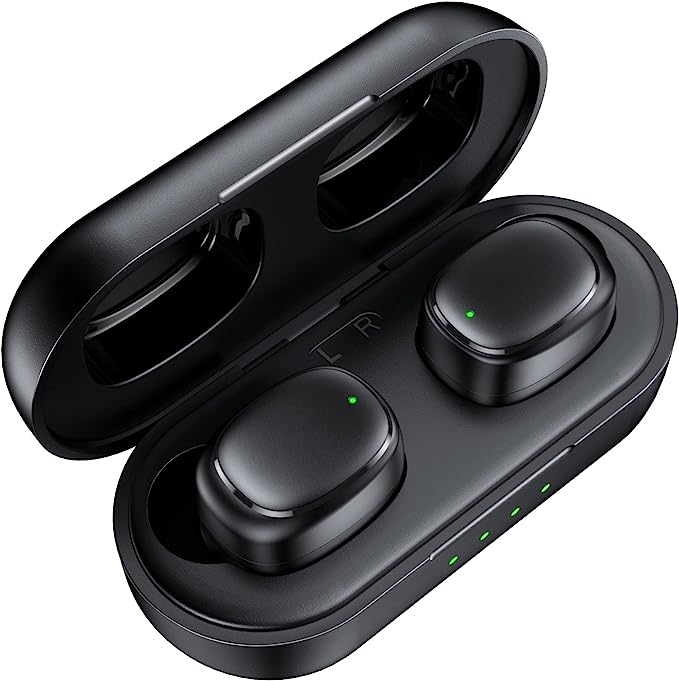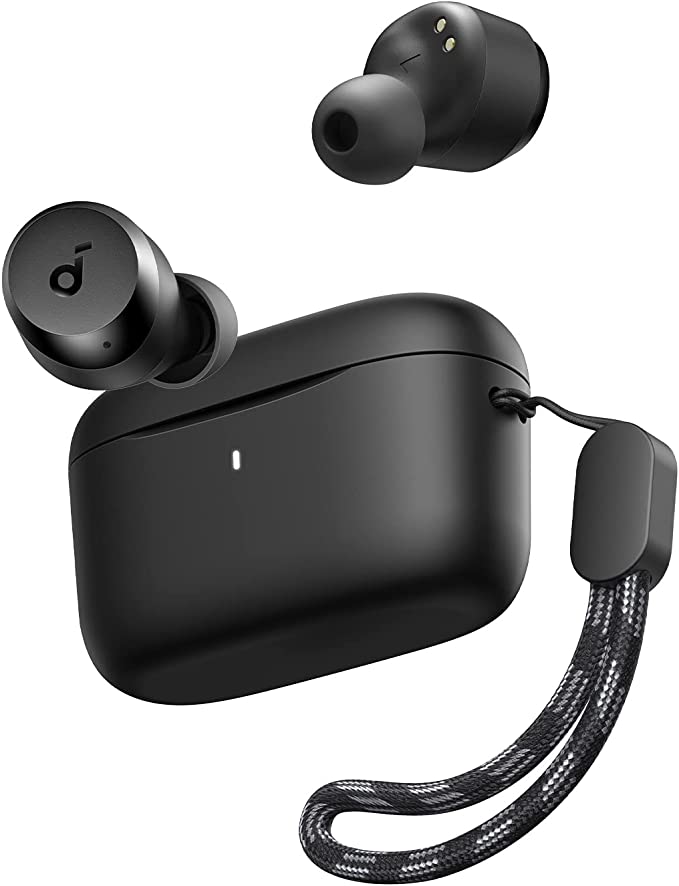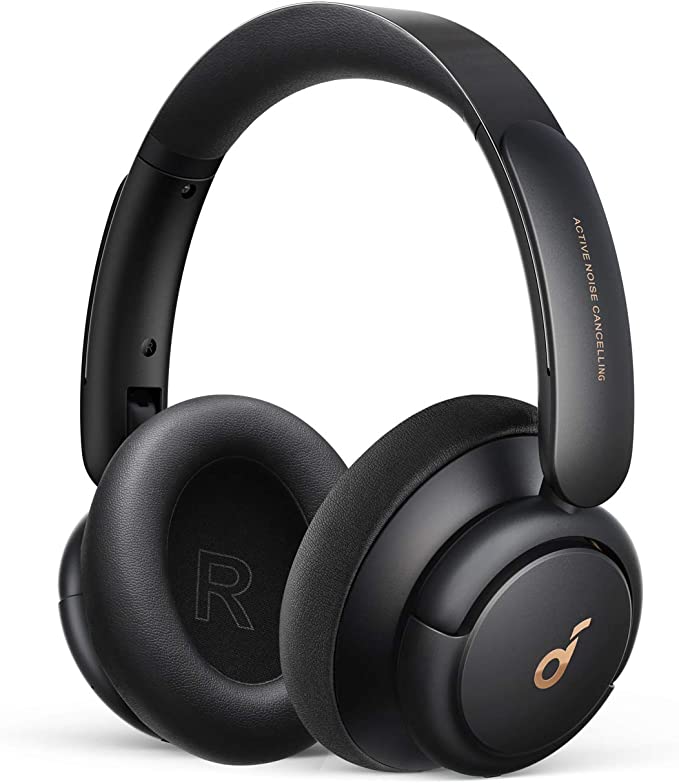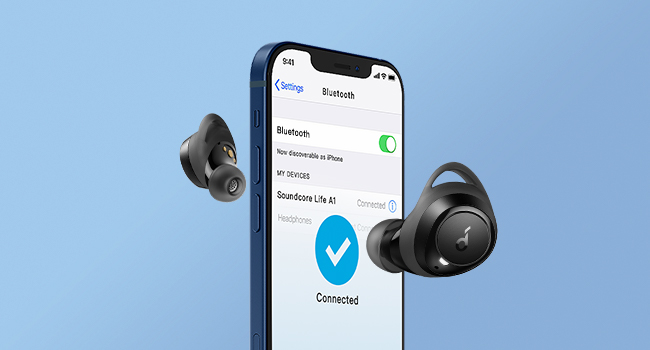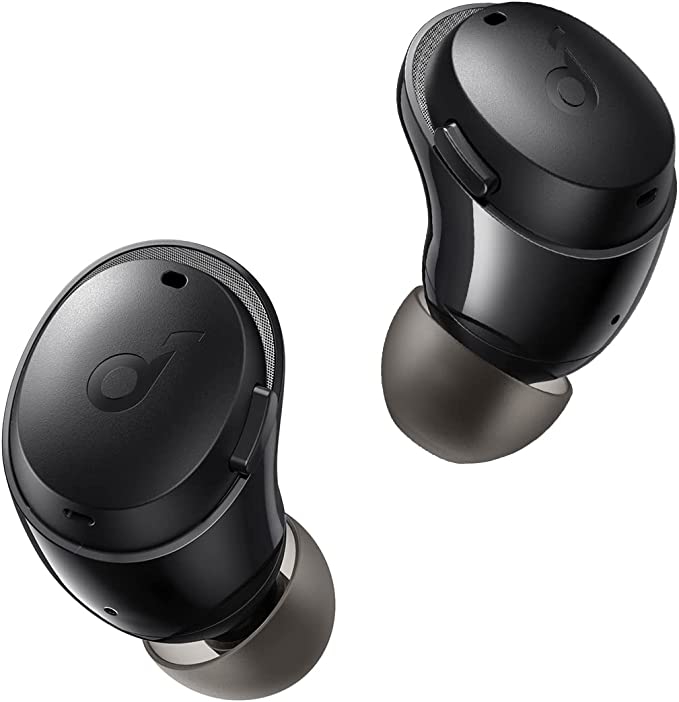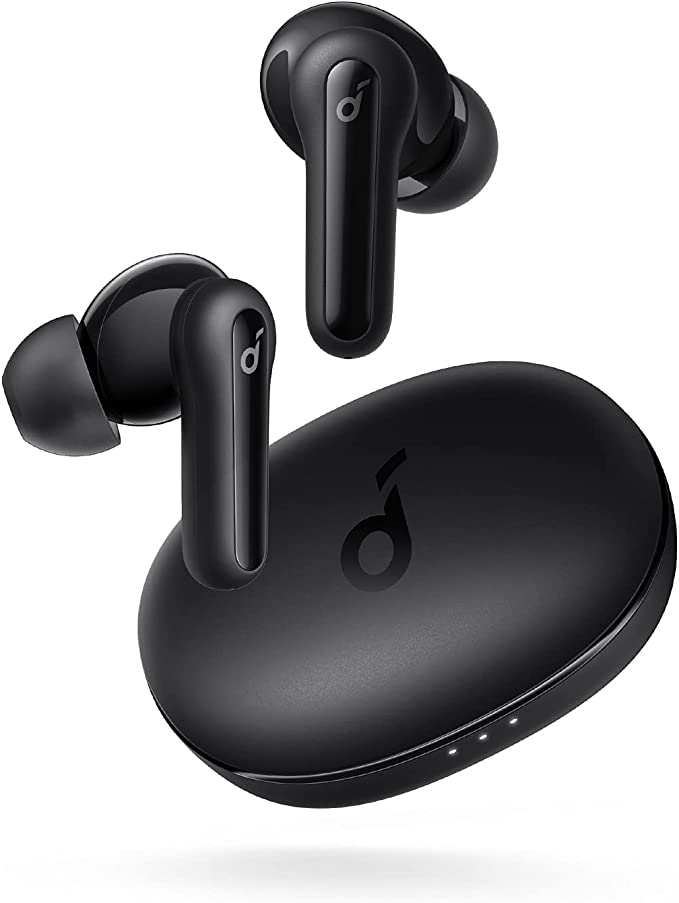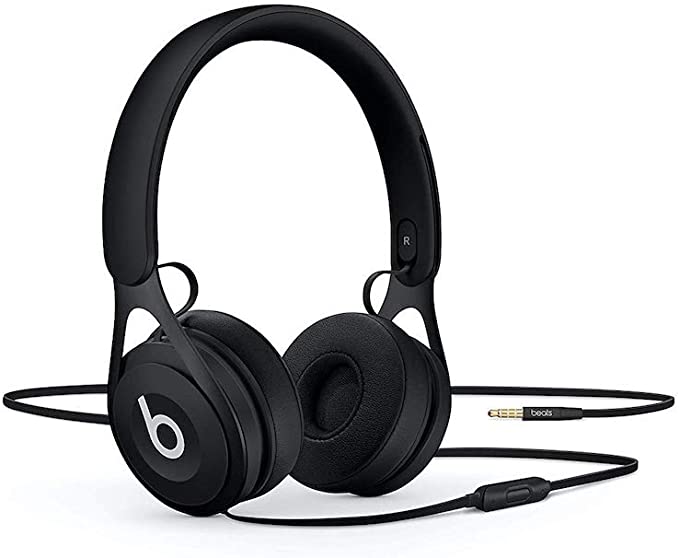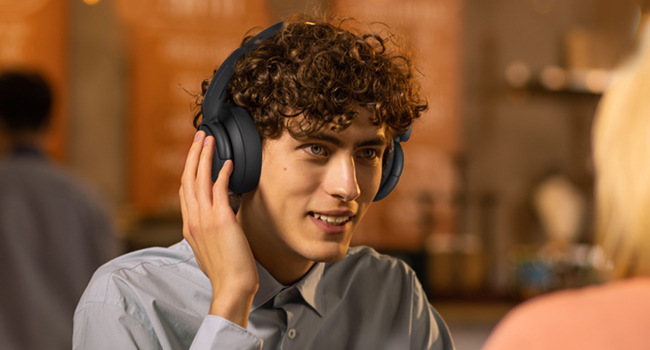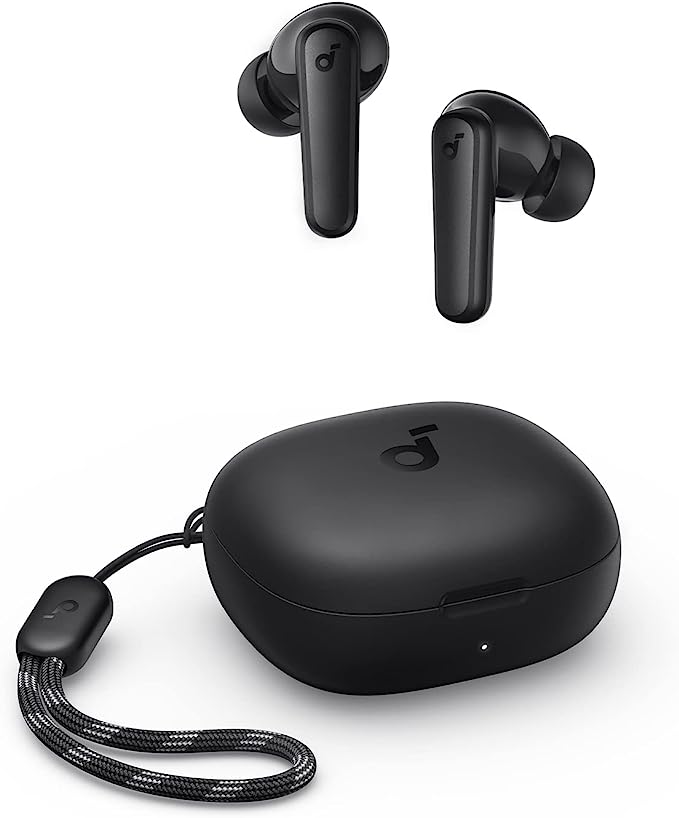Denon PerL Pro True Wireless Earbuds: A Symphony of Personalized Sound
Update on July 5, 2025, 6:54 a.m.
It began not in the polished chrome of a Silicon Valley campus, but in the quiet, unassuming halls of London’s Royal National Throat, Nose and Ear Hospital in 1978. A physicist named David Kemp was studying the human ear when he stumbled upon the impossible: a faint, ghostly echo, a sound that wasn’t going into the ear, but coming out of it. It was as if the ear, after listening, was whispering a secret back. This phenomenon, which he named Otoacoustic Emissions (OAEs), was more than a curiosity. It was a revelation that would take decades to fully unpack, and it proved a fundamental truth we often forget: hearing is not a one-way street. It’s a conversation.

And in this conversation, our ears are beautiful, magnificent liars.
We’ve all been there. You discover a track that rearranges your soul, and you excitedly share it with a friend, only to be met with a lukewarm, “It’s okay.” The frustration is real. You’re not just sharing a song; you’re sharing an experience, a feeling. Why don’t they get it? The reason isn’t a matter of taste, but of biology. The very instrument you use to perceive the world is uniquely yours. This is a scientific fact, elegantly demonstrated by something called the Fletcher-Munson curves, discovered back in the 1930s.
In simple terms, these curves show that our hearing is not a flat, linear microphone. At low volumes, like a whisper in a library, our ears are largely deaf to very low bass and very high treble. Crank up the volume to a rock concert, and suddenly those frequencies become overwhelmingly present. What a sound engineer meticulously balances in a studio to be “flat” is received by our brain as a wild, dynamic landscape of peaks and valleys that changes with every tick of the volume knob. For decades, the entire Hi-Fi industry has been on a noble quest for “fidelity”—the faithful reproduction of the original recording. But it was always chasing a ghost, because it failed to account for the final, and most variable, component in the entire audio chain: you.

What if a device could stop trying to create a single, objective truth and instead start a conversation with your biology? What if it could listen to your ear’s secrets, just as David Kemp first did, and tailor the sound just for you? This is the profound premise behind a new wave of audio technology, and the Denon PerL Pro is one of its most fascinating new practitioners. It doesn’t just play music; it performs a 90-second, automated audiological exam every time you create a profile.
This process, powered by Masimo’s Adaptive Acoustic Technology (AAT), is a direct descendant of Kemp’s discovery. When you begin the setup, the earbuds emit a series of soft tones. This is the device asking a question. Then, a highly sensitive internal microphone listens for the answer: the OAEs, the unique, faint echoes produced by the vibration of your inner ear’s hair cells. If your ear produces a strong echo at a certain frequency, it signals a high sensitivity. A weak echo means you’re less responsive in that range. The earbud isn’t guessing; it’s measuring a direct, physical response. It is, quite literally, mapping the personal contours of your hearing.
Of course, to sculpt a masterpiece, the artist must start with the finest material. If the personalization engine is the sculptor, then the audio signal is the block of marble. This is where a technology like Qualcomm aptX Lossless becomes not just a feature, but a philosophical necessity. For years, Bluetooth audio has relied on “lossy” compression—a clever trick where data is permanently discarded to make the file smaller and easier to transmit. It’s the audio equivalent of a photocopy of a photograph; the general idea is there, but the finest textures and subtle gradations are gone forever. aptX Lossless is the commitment to ship the entire, unblemished block of marble, delivering CD-quality, bit-perfect data to the sculptor’s chisel. This ensures that when the device makes its micro-adjustments for your ears, it is working with the full, original integrity of the music. You can’t restore detail that was never there to begin with.

Once the sound has been perfectly tailored to your perception, there’s one final question: where do we put it? In your head, or in the room around you? This is the challenge of spatial audio, and it’s a fight against the dreaded “in-head localization” that makes most headphone listening feel claustrophobic. To overcome this, technologies like Dirac Virtuo tap into a primal, evolutionary part of our brains. We can close our eyes and instantly tell if a sound is coming from behind us, above us, or to our left. Our brain performs this feat by analyzing the infinitesimal differences in the time and tone of the sound reaching each ear, a complex map known as a Head-Related Transfer Function (HRTF). Dirac Virtuo acts as a digital illusionist, manipulating the audio signal to mimic these real-world spatial cues, effectively painting a three-dimensional soundscape inside your mind. It tricks your brain into believing the music isn’t being injected into your ears, but is simply happening in the space you occupy.
This all sounds incredible in theory. But the true magic—and the true challenge—happens where this code meets consciousness. For many users, the moment they switch from the default sound to their personalized profile is an experience they describe as “jaw-dropping.” It’s the rediscovery of a beloved album, but this time hearing a subtle harmony vocal, a ghost note on a bass guitar, or the gentle decay of a cymbal that was previously masked by their own hearing’s inherent biases. It’s a deeply personal “wow” moment.
Yet, some users report the results feel “random” or unimpressive. This isn’t necessarily a failure of the technology, but a testament to its sensitivity. The conversation between the earbud and the ear requires near-perfect conditions. If the physical seal of the ear tip isn’t airtight, or if the calibration is done in a room with a humming air conditioner, the faint OAE “whispers” are drowned out by noise. The resulting profile is based on a garbled conversation. This highlights the technology’s current frontier: it’s an exquisitely precise tool that demands an equally precise application.
This journey into personalized audio is about so much more than a better-sounding playlist. It’s a fundamental shift in our relationship with technology. We are moving away from an era of mass-produced, one-size-fits-all experiences and into an age of personal adaptation. The very idea of a universal “gold standard” for sound may become obsolete, replaced by a new standard of personal perfection.
The implications are vast. Imagine earbuds that not only personalize your music but also monitor your hearing health over time, subtly adjusting to protect you from damage. Imagine a world where augmented reality glasses don’t just show you information, but whisper it to you with a clarity perfectly tuned to your hearing, cutting through the noise of a crowded street. The faint echo that David Kemp detected in a quiet hospital room nearly half a century ago is now echoing into the future. With devices like the Denon PerL Pro, we are finally learning how to listen to it. The conversation has truly begun.


